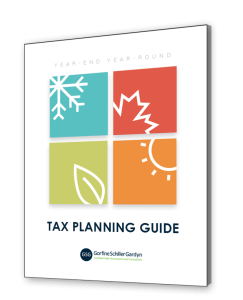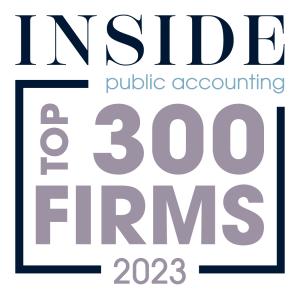Round 2 of the Paycheck Protection Program (PPP) gets underway today as the U.S. Small Business Administration (SBA) resumes accepting PPP applications from participating lenders. There are no tax provisions in the Act.
Round 1 of the PPP depleted its $349 billion in funding in less than two weeks due to the high demand, and this round’s $310 billion is not projected to last long.
Here are recommendations for navigating through Round 2:
- If you have already applied to your bank, be sure to contact them and ensure they have the necessary information they will need from you. In addition, if your application was approved by your bank, reach out to them and see if they can accelerate the application to the SBA. You cannot apply again in Round 2 if your application is currently with the SBA.
- Make sure you have the necessary information when applying with a lender. A copy of the PPP borrower application form is available on the SBA website to assist with preparing your application.
- The government has set aside $60 billion for smaller lending institutions and community banks, so call local banks if you cannot reach a larger bank. Please note that the smaller and community banks may only accept applications from existing clients.
- Research participating lenders identified by the SBA, or look into nontraditional options like fintech companies such as PayPal, Square Capital, or QuickBooks Capital.
One of the more significant changes in Round 2 is the U.S. Department of the Treasury’s guidelines requiring “good faith” from borrowers, certifying that “[c]urrent economic uncertainty makes this loan request necessary to support the ongoing operations of the Applicant.”
The SBA has provided a list of frequently asked questions for lenders and borrowers for the Paycheck Protection Program, which includes clarification for this particular guideline. Under question 31, the SBA states, “Lenders may rely on a borrower’s certification regarding the necessity of the loan request. Any borrower that applied for a PPP loan prior to the issuance of this guidance and repays the loan in full by May 7, 2020 will be deemed by SBA to have made the required certification in good faith.”
False statements will be penalized by the SBA.
As a reminder, the SBA loan is designed to help businesses keep employees on the payroll during the Coronavirus (COVID-19) crisis. The loan is not forgivable if employees have been terminated. In order to receive forgivable loans, you will need to rehire your fired employees.
If you have not applied, do not delay, apply today. Be sure to contact us today for additional information regarding Round 2 of the PPP process.
Categories: Small Business, COVID-19 Resources




